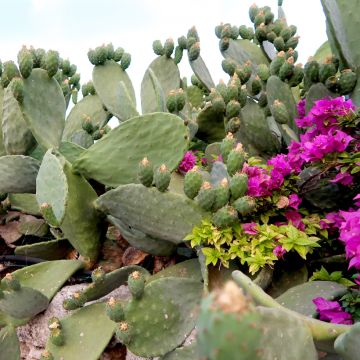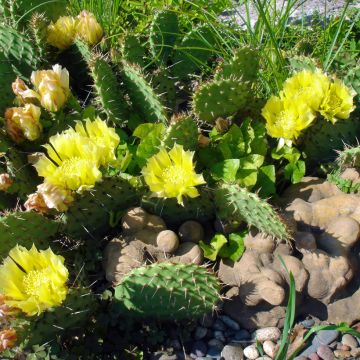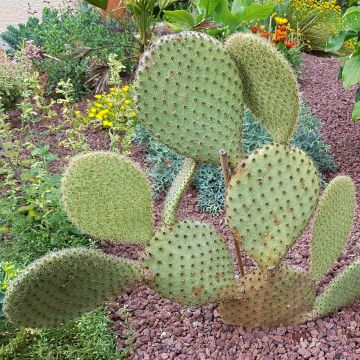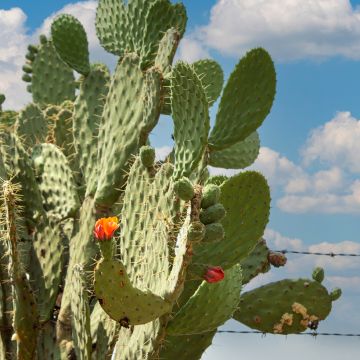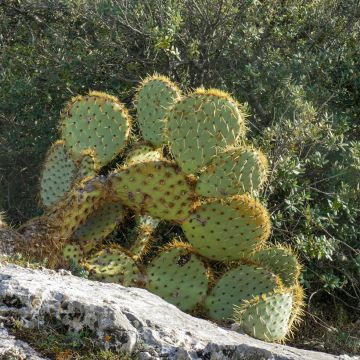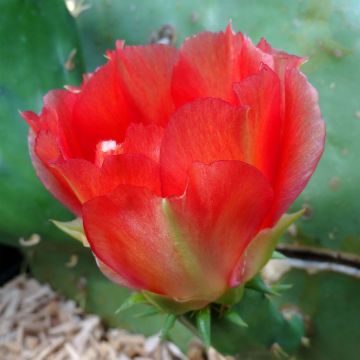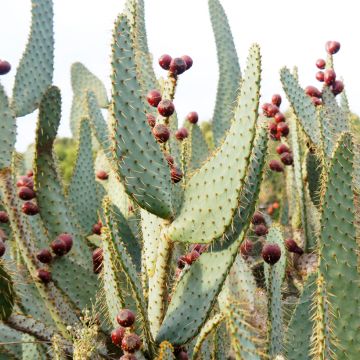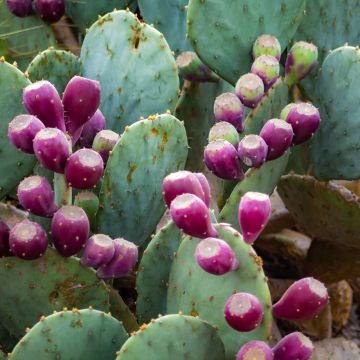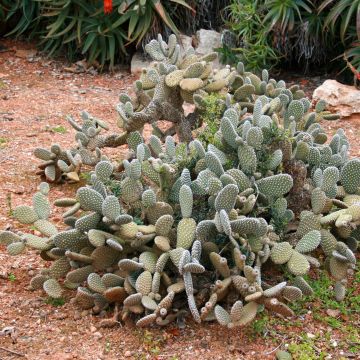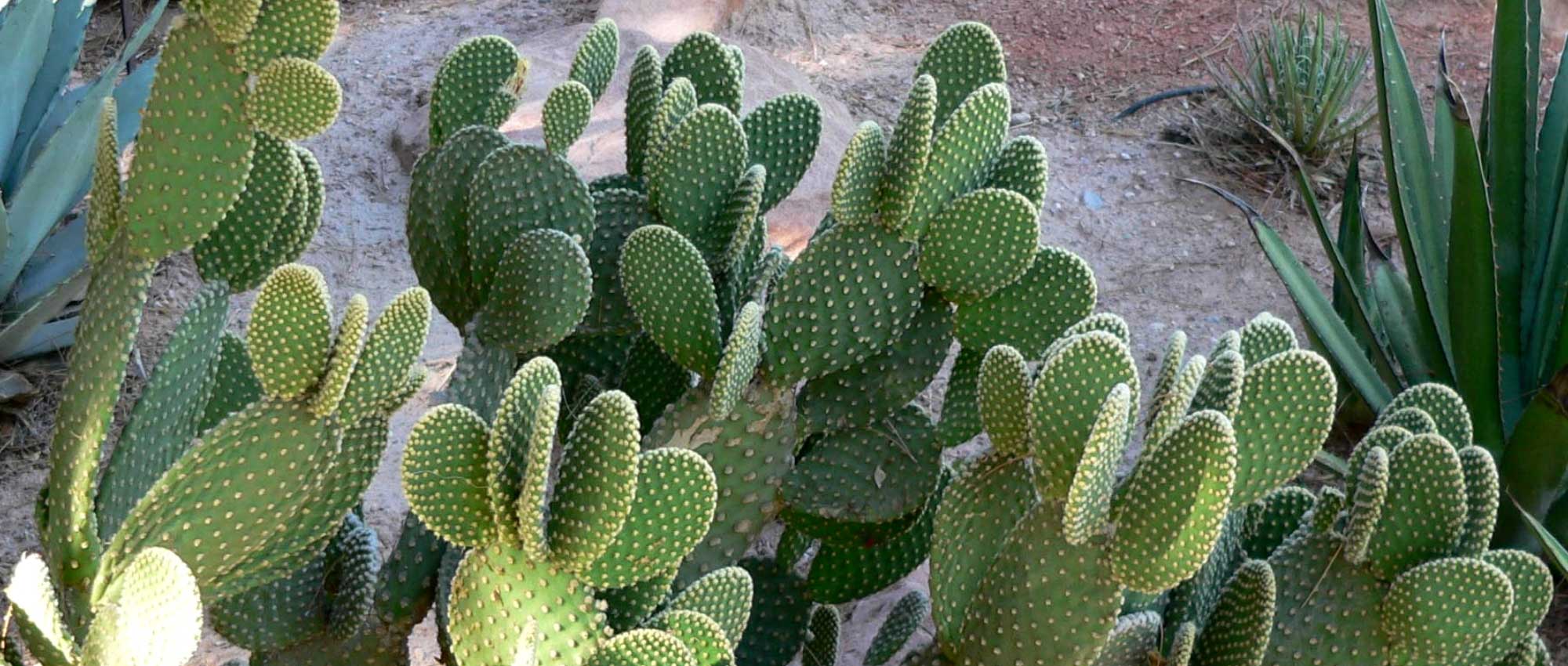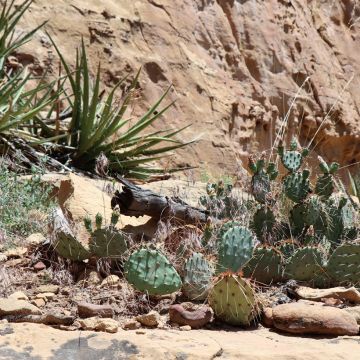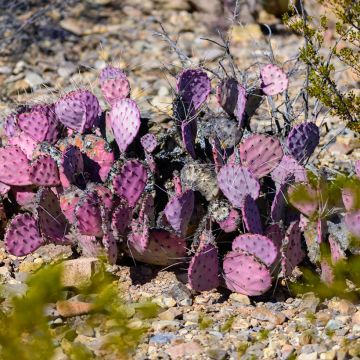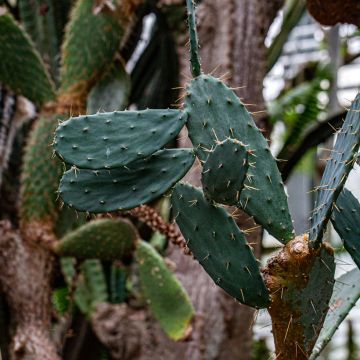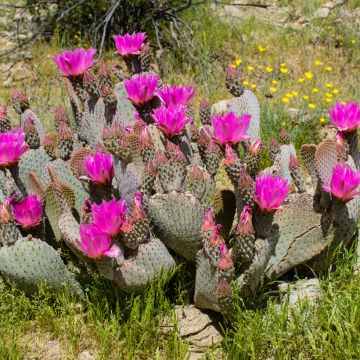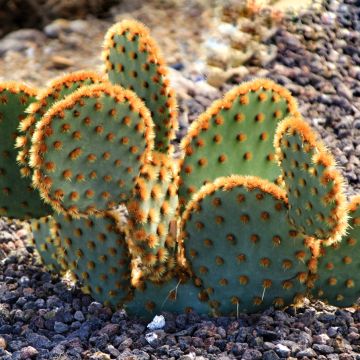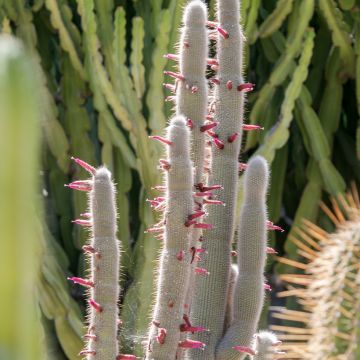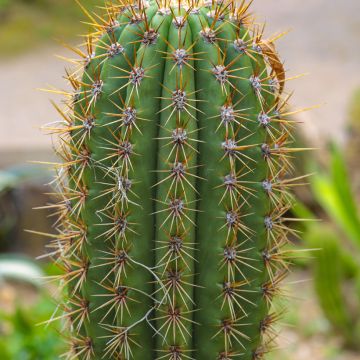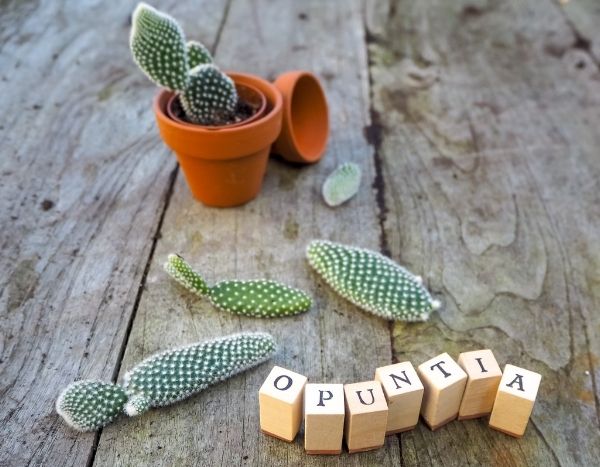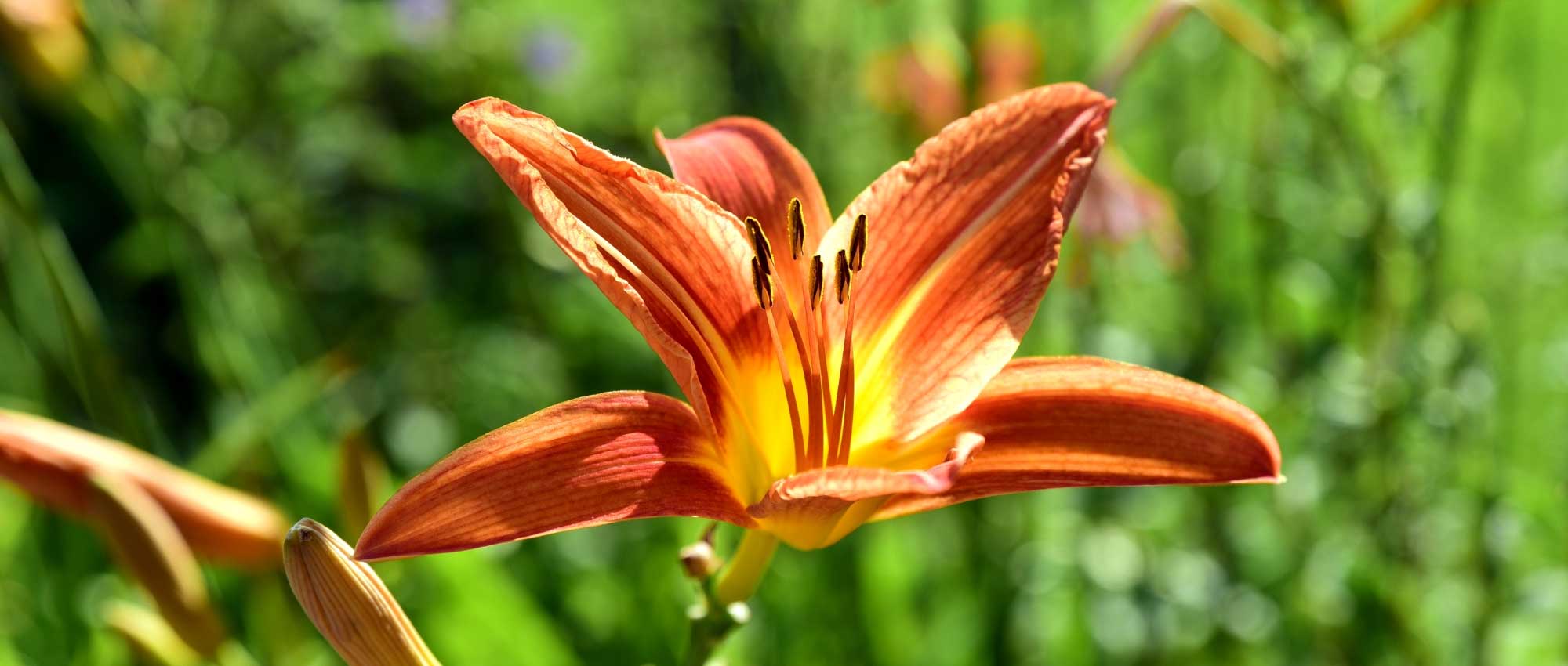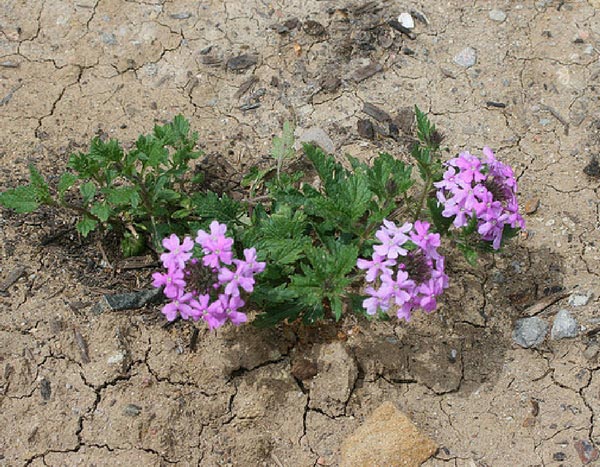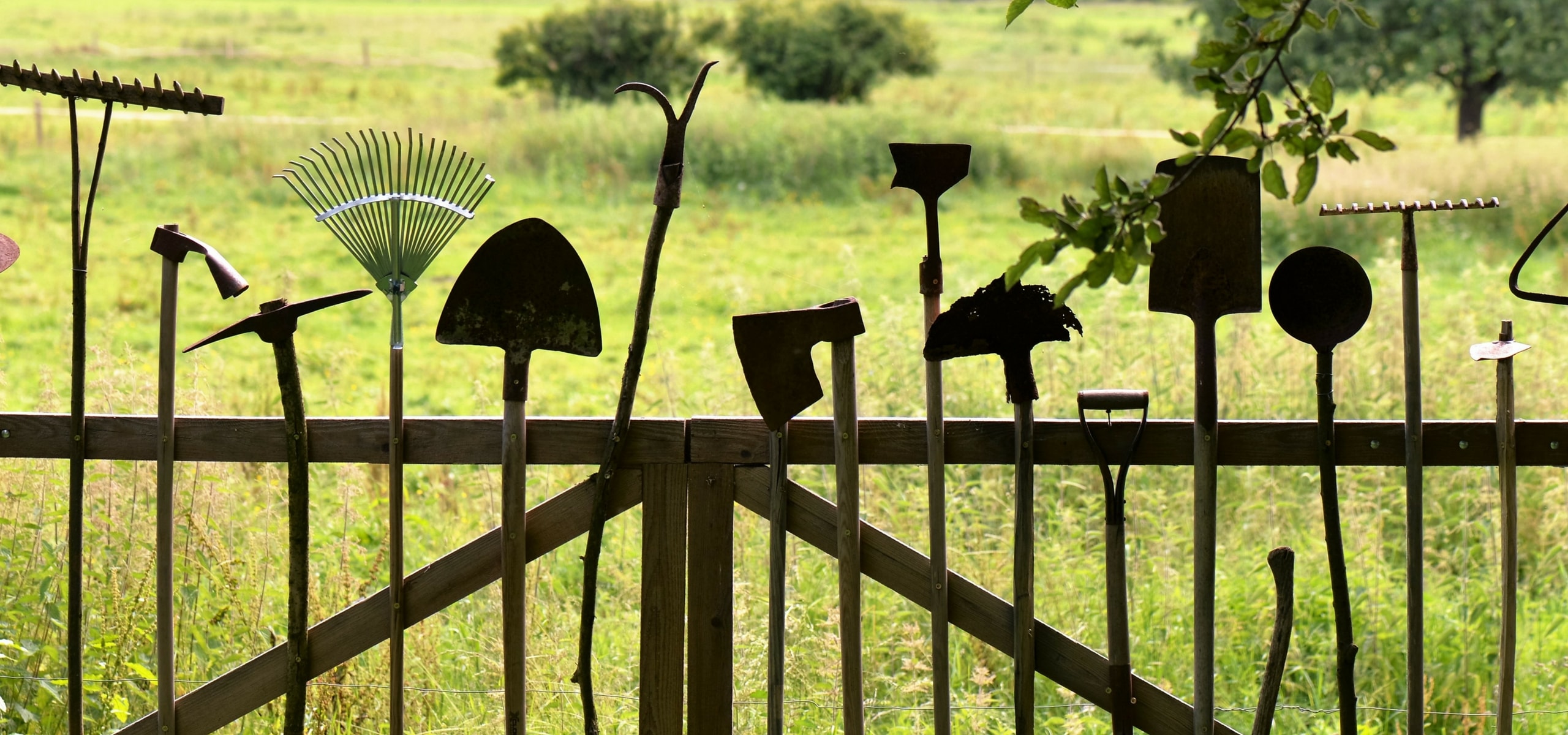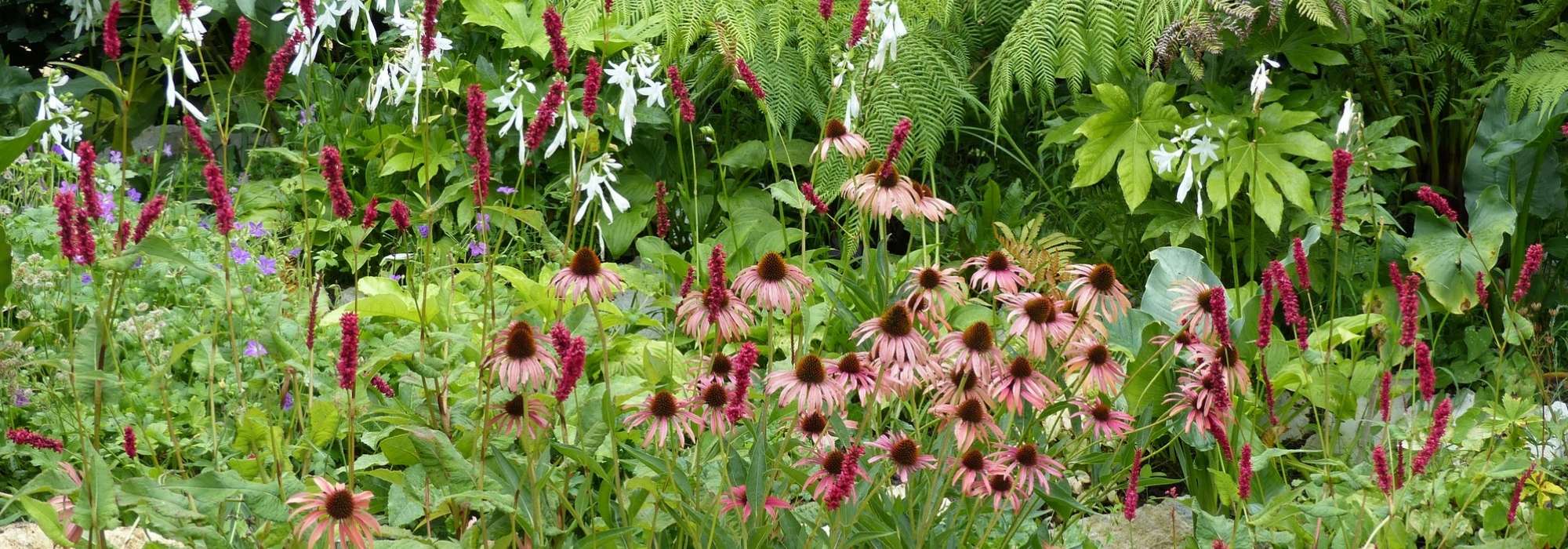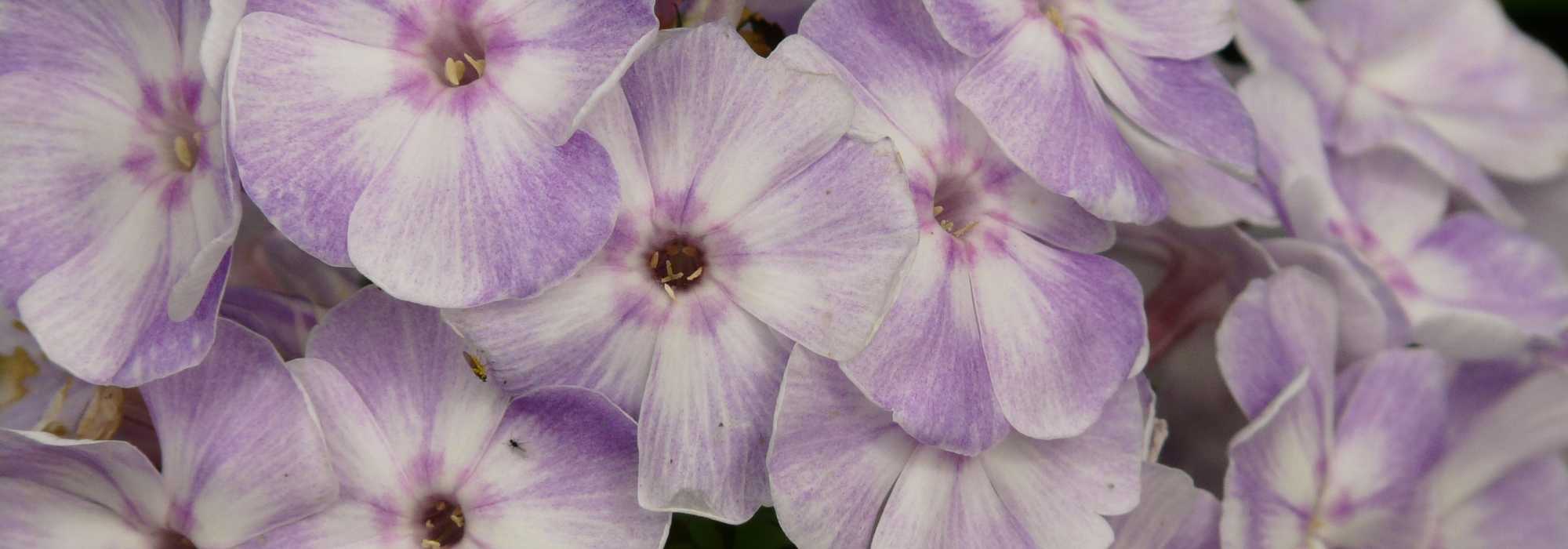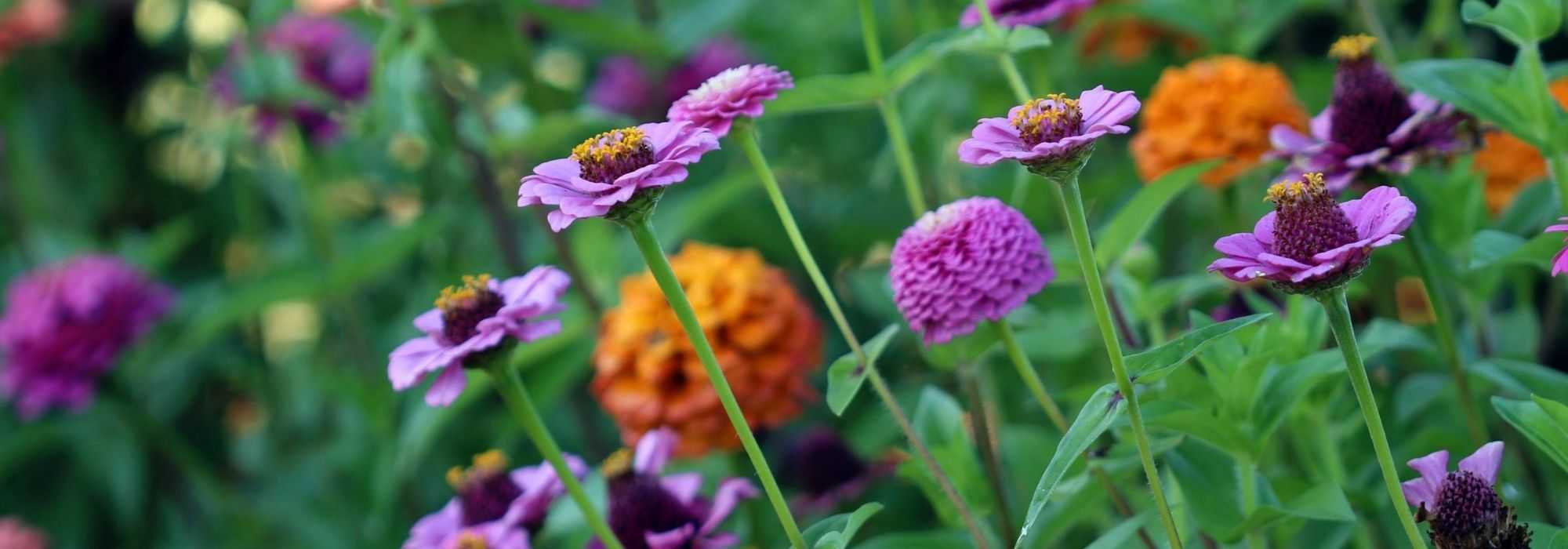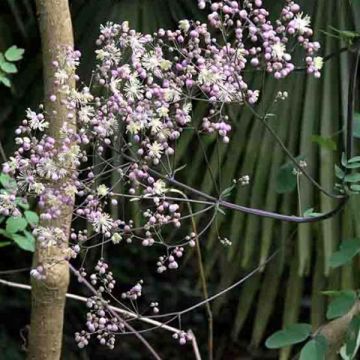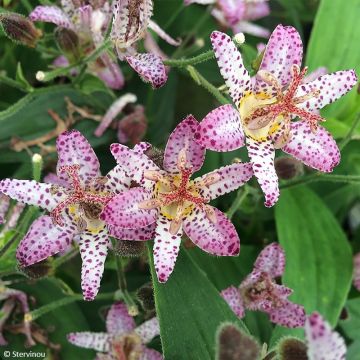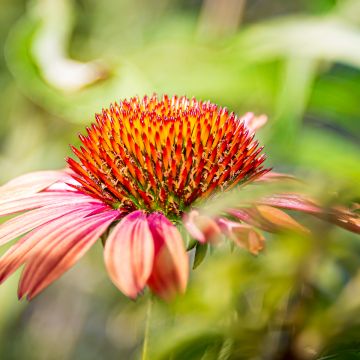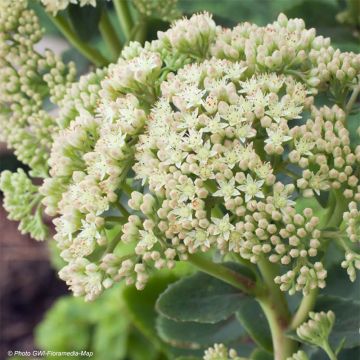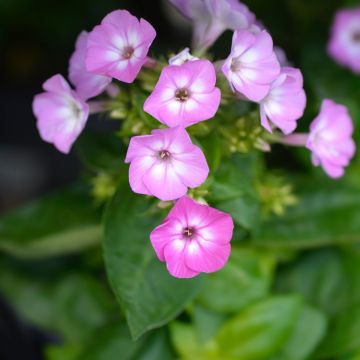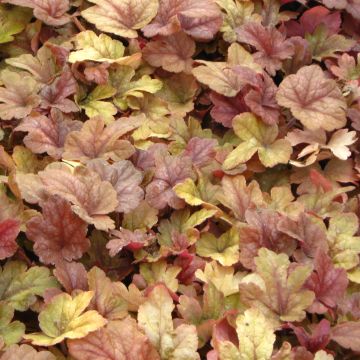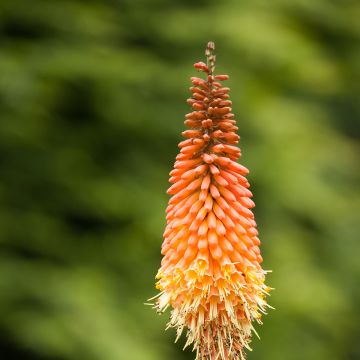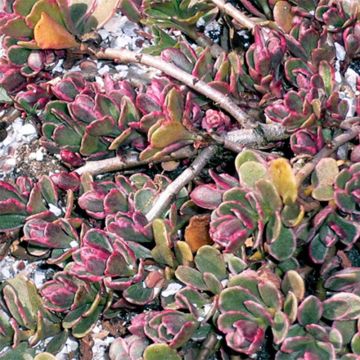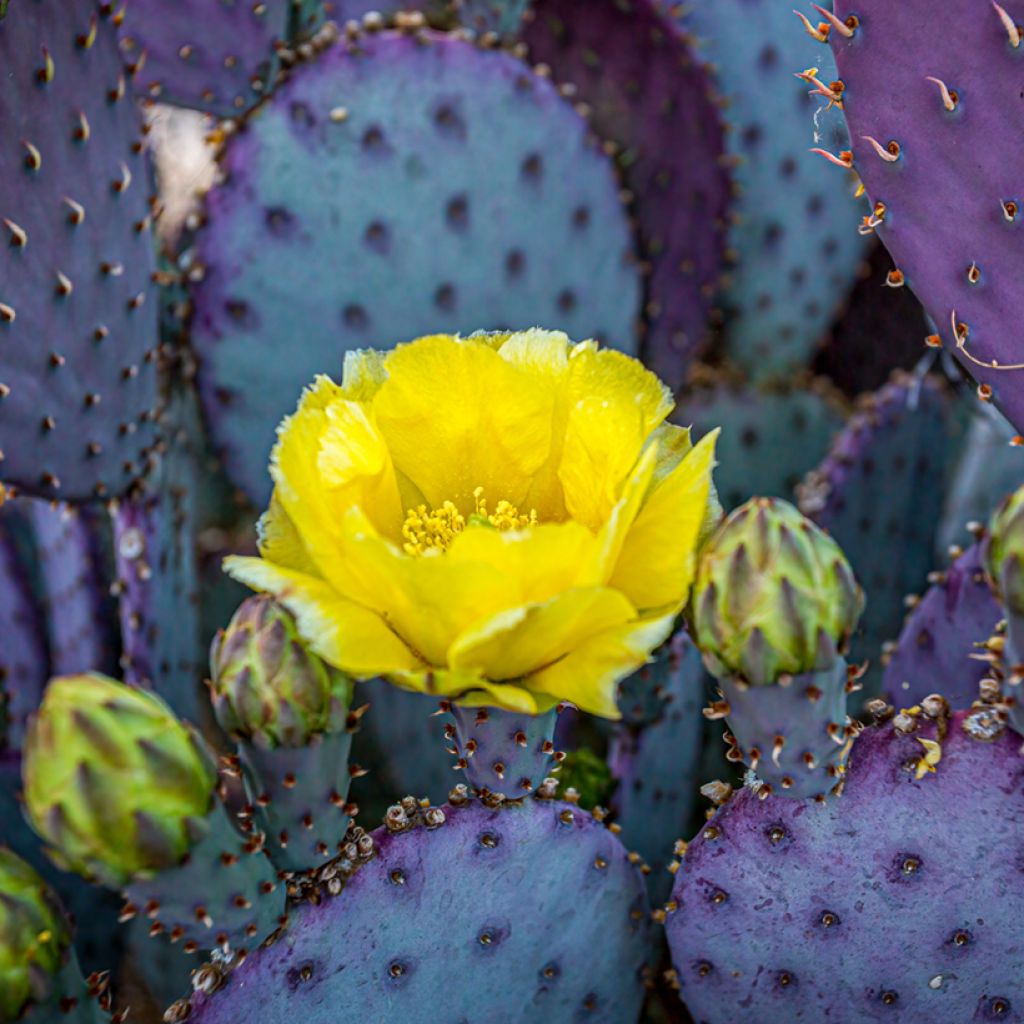

Opuntia santa-rita - Purple prickly pear
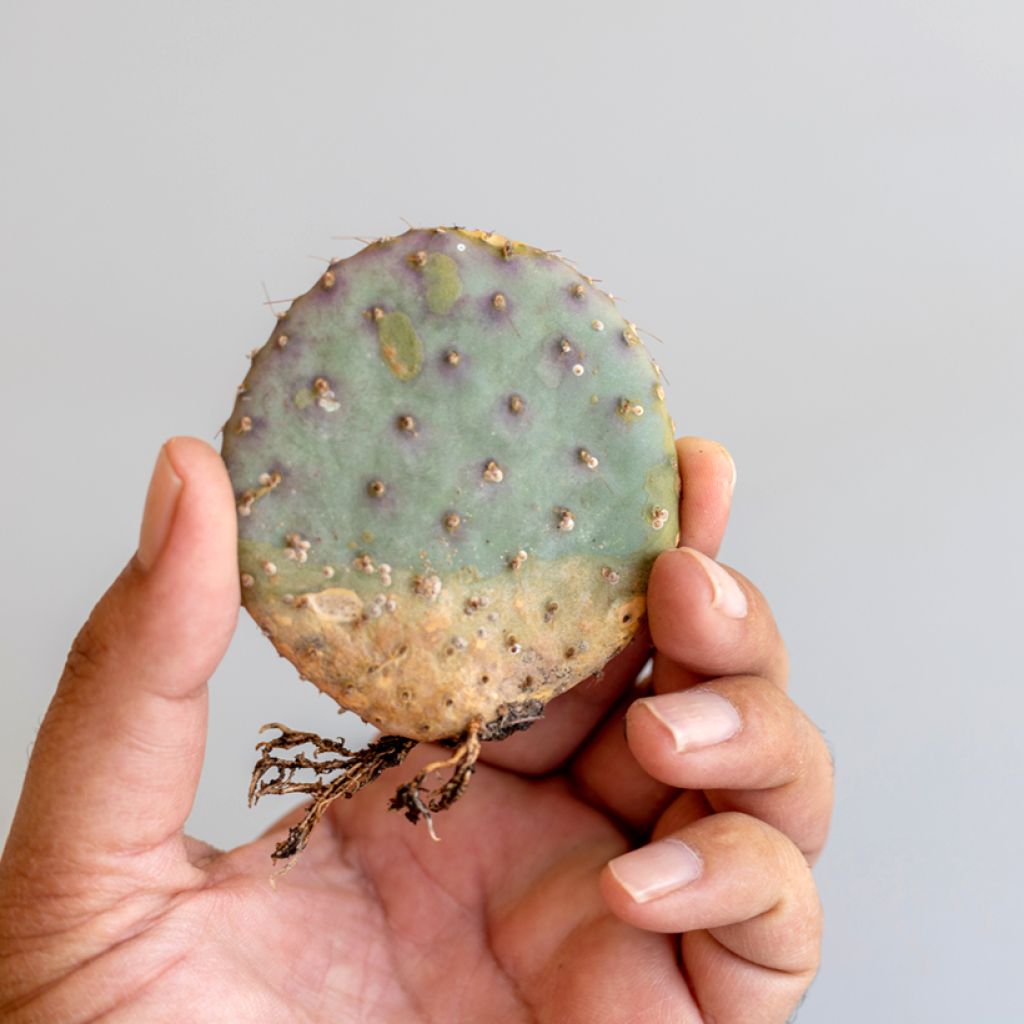

Opuntia santa-rita - Purple prickly pear
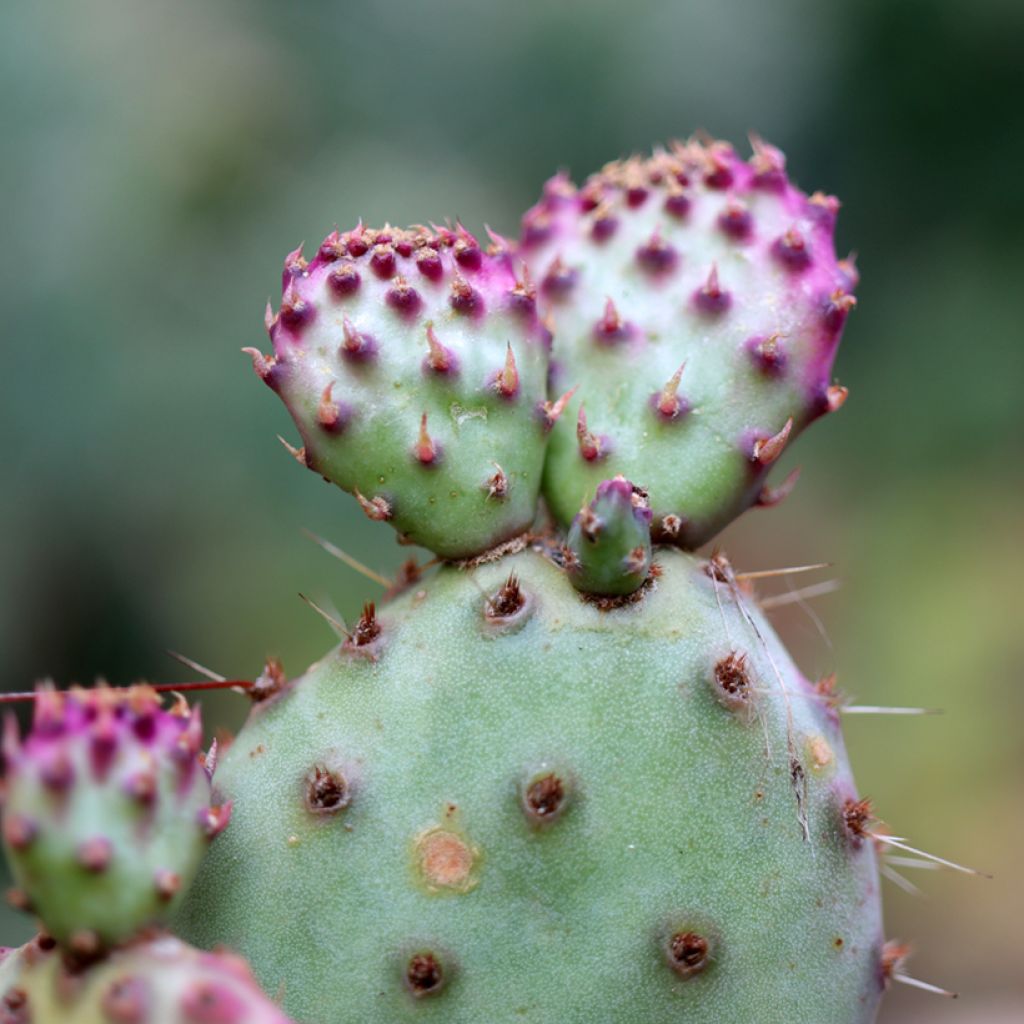

Opuntia santa-rita - Purple prickly pear
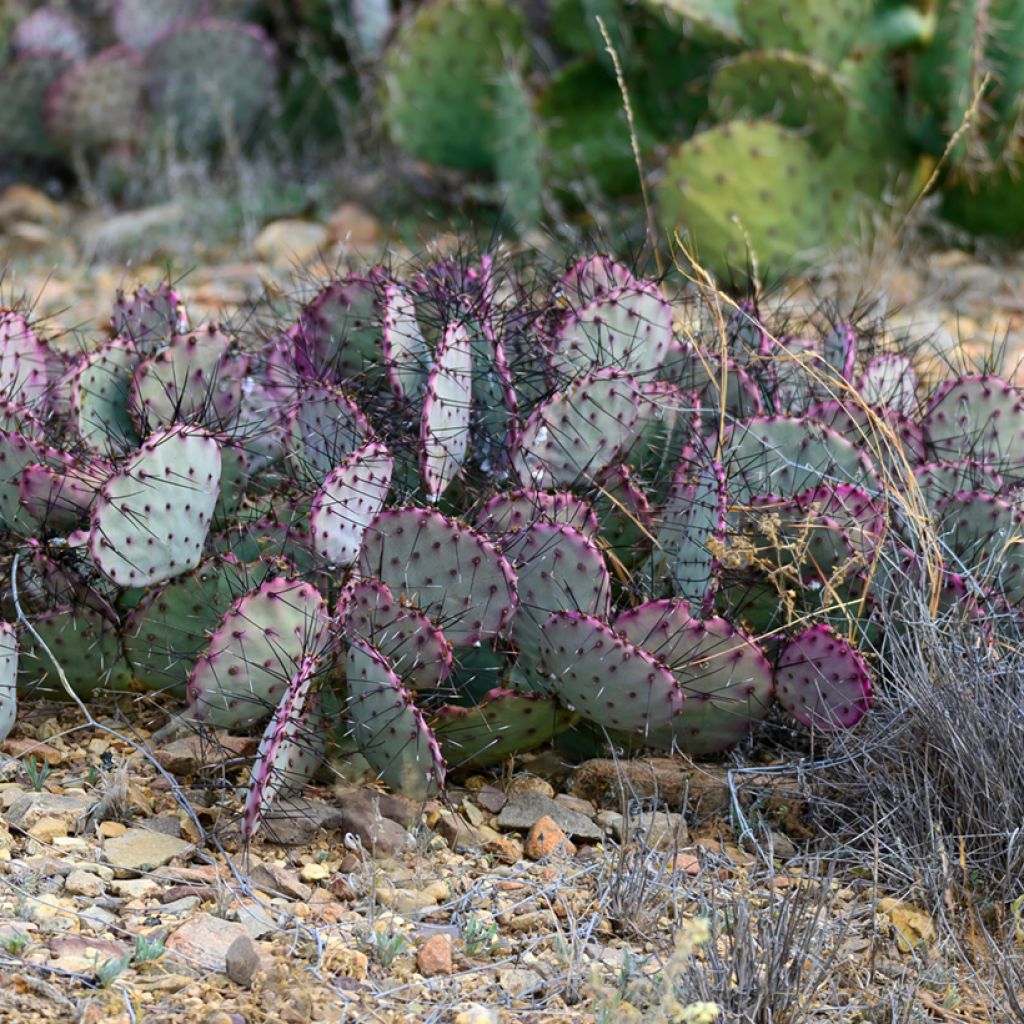

Opuntia santa-rita - Purple prickly pear
Opuntia santa-rita - Purple prickly pear
Opuntia santa-rita
Prickly Pear
Special offer!
Receive a €20 voucher for any order over €90 (excluding delivery costs, credit notes, and plastic-free options)!
1- Add your favorite plants to your cart.
2- Once you have reached €90, confirm your order (you can even choose the delivery date!).
3- As soon as your order is shipped, you will receive an email containing your voucher code, valid for 3 months (90 days).
Your voucher is unique and can only be used once, for any order with a minimum value of €20, excluding delivery costs.
Can be combined with other current offers, non-divisible and non-refundable.
Why not try an alternative variety in stock?
View all →This plant carries a 12 months recovery warranty
More information
We guarantee the quality of our plants for a full growing cycle, and will replace at our expense any plant that fails to recover under normal climatic and planting conditions.
Does this plant fit my garden?
Set up your Plantfit profile →
Description
Opuntia santa-rita, nicknamed the Purple Prickly Pear, is a cactus distinguished by its blue-green pads turning violet or deep pink under the influence of sunlight or cold. This exceptionally striking opuntia stands out in dry gardens and arid rockeries. In spring or summer, it is adorned with stunning, luminous and translucent yellow flowers which beautifully contrast with its colourful foliage. Truly low-maintenance and ultra-hardy, it thrives in full sun, in well-drained soil, and can even withstand temperatures as low as -12°C!
Opuntia santa-rita belongs to the Cactaceae family. Opuntia violacea var. santa-rita is native to the southwestern United States. It is found in the far southeast of Arizona (Hidalgo County), southern New Mexico, Texas (Trans-Pecos, between Presidio and Big Bend National Park, as well as in south-central Texas), northern Sonora, and possibly as far as Durango and Hidalgo (Mexico), via Chihuahua. Found between 700 and 1600 metres in altitude, it inhabits desert prairies, oak forests, plains, and slopes in sandy to rocky soils. There is some confusion in nomenclature regarding the name 'Santa Rita', as several cultivars from different Opuntia species have been given this name. Opuntia santa-rita is sometimes referred to by the botanical synonyms Opuntia gosseliniana or Opuntia 'Santa Rita'. It is a perennial shrubby cactus, slow-growing (producing 1 or 2 pads per year) with an upright, bushy habit, reaching up to 1.20 m in height and 1 m in width in cultivation under our climates. Its stem segments, called cladodes or pads, are round to ovate, sometimes twisted like crisps, with neatly arranged areoles. Mature specimens have few thorns. These pads measure between 5 and 20 cm in diameter. They exhibit a glaucous blue-green hue, which turns intense purple under water stress or low temperatures, particularly in winter. The pads are covered with small spines called glochidia, as well as a few longer spines, usually pale yellow, turning reddish-brown with age. Flowering occurs between May and July, depending on the climate. It takes the form of large, pale yellow flowers, occasionally with a red base, measuring about 7.5 to 9 cm in diameter, which bloom at the edges of the pads. These flowers are composed of ruffled petals with a very fine texture. They last only a few hours. The fruits that follow are small, purple, and appreciated by birds.
The purple colouring of this Opuntia Santa Rita intensifies under stress conditions, such as cold or drought. This adaptation not only protects the plant but enhances its ornamental value. It is a sought-after variety for xerophilous landscaping.
Opuntia violacea 'Santa Rita' excels in dry, Mediterranean, or contemporary gardens. It fits into a rockery, arid border, or as a standalone specimen, where it captures light and structures the space. Pair it with delicate grasses like Stipa tenuifolia, with Agaves or Dasylirions, or even with Santolinas, whose silvery foliage will highlight its purple tones. In a pot, it makes a first-rate architectural feature on a sunny terrace!
Beware, Opuntia 'Santa-Rita' is undoubtedly a "tough cookie", but its joints are brittle! A pad fell off during transport or handling? Don’t worry—this is how this plant spreads in the wild: every pad that falls to the ground can generate an entire plant! Here’s a great opportunity to get a new opuntia: simply leave the pad in the open air for a few days, allowing the tissue to callous. Then plant this pad vertically, with one-third of its surface buried, in a well-drained pot with a mix of sand and compost. Place it in the sun, water when you remember—it grows all by itself!
Opuntia santa-rita - Purple prickly pear in pictures




Flowering
Foliage
Plant habit
Botanical data
Opuntia
santa-rita
Cactaceae
Prickly Pear
Opuntia gosseliniana, Opuntia violacea var. santa-rita, Opuntia chlrorotica var. santa-rita, Opuntia gosseliana var. santa-rita
North America
Other Opuntia
View all →Planting and care
Plant Opuntia Santa Rita in spring or early autumn, in full sun in preferably poor, even stony, chalky, sandy soil, but well-drained: It tolerates some winter moisture in porous soil that does not retain water, and appreciates dry soils, which help it withstand the cold better. It will survive frost down to -12°C at its peak. This species also tolerates sea spray, and can therefore be grown by the coast. It has no known pests in our latitudes.
Growing substrate: 1/2 compost + 1/4 sand + 1/4 topsoil + cactus fertiliser for potted plants. Sandy, very stony soil, low in humus for outdoor cultivation.
Propagation by cuttings of prickly pear is easy: take a segment at a joint, place it on a cactus soil-type substrate for a few days, until a callus forms. Then insert the base of the cutting slightly deeper into the soil and water regularly. The plant will not flower or bear fruit until it is 3 years old.
Handle your cacti with gloves and protective goggles.
Planting period
Intended location
Care
Planting & care advice
This item has not been reviewed yet - be the first to leave a review about it.
Similar products
Haven't found what you were looking for?
Hardiness is the lowest winter temperature a plant can endure without suffering serious damage or even dying. However, hardiness is affected by location (a sheltered area, such as a patio), protection (winter cover) and soil type (hardiness is improved by well-drained soil).

Photo Sharing Terms & Conditions
In order to encourage gardeners to interact and share their experiences, Promesse de fleurs offers various media enabling content to be uploaded onto its Site - in particular via the ‘Photo sharing’ module.
The User agrees to refrain from:
- Posting any content that is illegal, prejudicial, insulting, racist, inciteful to hatred, revisionist, contrary to public decency, that infringes on privacy or on the privacy rights of third parties, in particular the publicity rights of persons and goods, intellectual property rights, or the right to privacy.
- Submitting content on behalf of a third party;
- Impersonate the identity of a third party and/or publish any personal information about a third party;
In general, the User undertakes to refrain from any unethical behaviour.
All Content (in particular text, comments, files, images, photos, videos, creative works, etc.), which may be subject to property or intellectual property rights, image or other private rights, shall remain the property of the User, subject to the limited rights granted by the terms of the licence granted by Promesse de fleurs as stated below. Users are at liberty to publish or not to publish such Content on the Site, notably via the ‘Photo Sharing’ facility, and accept that this Content shall be made public and freely accessible, notably on the Internet.
Users further acknowledge, undertake to have ,and guarantee that they hold all necessary rights and permissions to publish such material on the Site, in particular with regard to the legislation in force pertaining to any privacy, property, intellectual property, image, or contractual rights, or rights of any other nature. By publishing such Content on the Site, Users acknowledge accepting full liability as publishers of the Content within the meaning of the law, and grant Promesse de fleurs, free of charge, an inclusive, worldwide licence for the said Content for the entire duration of its publication, including all reproduction, representation, up/downloading, displaying, performing, transmission, and storage rights.
Users also grant permission for their name to be linked to the Content and accept that this link may not always be made available.
By engaging in posting material, Users consent to their Content becoming automatically accessible on the Internet, in particular on other sites and/or blogs and/or web pages of the Promesse de fleurs site, including in particular social pages and the Promesse de fleurs catalogue.
Users may secure the removal of entrusted content free of charge by issuing a simple request via our contact form.
The flowering period indicated on our website applies to countries and regions located in USDA zone 8 (France, the United Kingdom, Ireland, the Netherlands, etc.)
It will vary according to where you live:
- In zones 9 to 10 (Italy, Spain, Greece, etc.), flowering will occur about 2 to 4 weeks earlier.
- In zones 6 to 7 (Germany, Poland, Slovenia, and lower mountainous regions), flowering will be delayed by 2 to 3 weeks.
- In zone 5 (Central Europe, Scandinavia), blooming will be delayed by 3 to 5 weeks.
In temperate climates, pruning of spring-flowering shrubs (forsythia, spireas, etc.) should be done just after flowering.
Pruning of summer-flowering shrubs (Indian Lilac, Perovskia, etc.) can be done in winter or spring.
In cold regions as well as with frost-sensitive plants, avoid pruning too early when severe frosts may still occur.
The planting period indicated on our website applies to countries and regions located in USDA zone 8 (France, United Kingdom, Ireland, Netherlands).
It will vary according to where you live:
- In Mediterranean zones (Marseille, Madrid, Milan, etc.), autumn and winter are the best planting periods.
- In continental zones (Strasbourg, Munich, Vienna, etc.), delay planting by 2 to 3 weeks in spring and bring it forward by 2 to 4 weeks in autumn.
- In mountainous regions (the Alps, Pyrenees, Carpathians, etc.), it is best to plant in late spring (May-June) or late summer (August-September).
The harvesting period indicated on our website applies to countries and regions in USDA zone 8 (France, England, Ireland, the Netherlands).
In colder areas (Scandinavia, Poland, Austria...) fruit and vegetable harvests are likely to be delayed by 3-4 weeks.
In warmer areas (Italy, Spain, Greece, etc.), harvesting will probably take place earlier, depending on weather conditions.
The sowing periods indicated on our website apply to countries and regions within USDA Zone 8 (France, UK, Ireland, Netherlands).
In colder areas (Scandinavia, Poland, Austria...), delay any outdoor sowing by 3-4 weeks, or sow under glass.
In warmer climes (Italy, Spain, Greece, etc.), bring outdoor sowing forward by a few weeks.






























